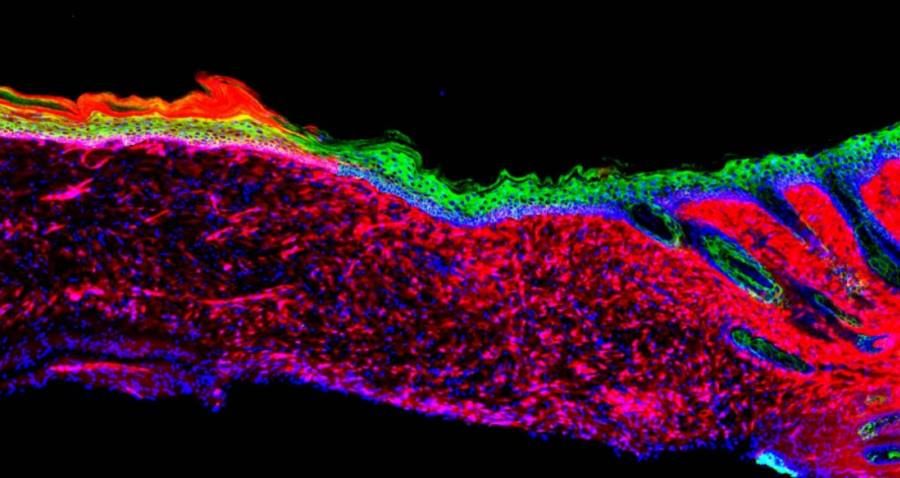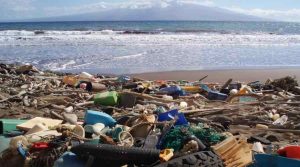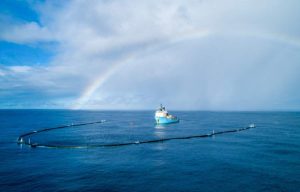New method of treating hard-to-heal wounds by reprogramming cells

New method to treat hard-to-heal wounds by reprogramming cells
Salk Institute researchers have developed a technique to directly convert cells in an open wound into new skin cells. This method involves reprogramming cells to a state similar to stem cells and may be useful in healing wounds and skin damage and counteracting the effects of aging. May also help to better understand skin cancers.
Researchers have identified four key components thatore are essential comorkom skory to start regenerating the complex layers that make up the body’s outer protective barrier. A publication on the subject appeared in the pages of the „Nature”.
– Our observations provide preliminary evidenceod on the ability to regenerate in vivo (from Latin. on living) of the entire trojdimensional tissue, such as skora, rather than just the individualolnych typeoin comorek. This knowledge can be useful not only to improve the regeneration of skory, but can roalso serve as a guide for in vivo regeneration strategies in other human pathological situations, as well as during aging, in which theorym tissue repair is impaired – admitted Juan Carlos Izpisua Belmonte, head of theowny author of the publication.
People with severe burns, bedsores or chronic diseases such as diabetes are prone to severe and poorly healing wounds, ktore able to pass through multiple layers of the skory. Oprocz that they are very painful, these wounds can lead to serious, sometimes fatal infections or limb amputations.
Such wounds are usually treated by transplanting existing skinory. However, when the wound is particularlyolionally large, surgeons may have trouble transplanting enough skory. In this case, it is possible to isolate the comostem cellsory patient, grow them in the lab and transfer them back to the patient’s body. However, such a procedure is time-consuming and can put the patient’s life at risk. Additionally, it is not always effective.
Researchers at the Salk Institute in San Diego have focused on developing a technique based on a comostem cells, specifically on reprogramming comorek of one kind into another so that they regenerate faster. The method they developed involves directly transforming the comorec of naturally occurring open wounds in new comorki skory by reprogramming these comorek to a condition similar to the comostem cells. In this state, the comorks return to an earlier, more flexible state, with ktorego can develop into rodifferent types of cellsorek.
A critical step in wound healing is migration from a nearby, intact skory or transplantation of comosimilar toostem cells known as keratinocytes. Keratinocytes are located in the basal layer of the epidermisorka and are therefore also called basal keratinocytes. They are also precursors to many roThe different types ofoin comorecordsory. But in large and severe wounds there are no. Moreover, as these wounds heal, the comorks that proliferate in their area – known as comedonesomesenchymal cells – are involved in the mainoncluded in wound closure and conditionoin inflammation, but cannot rebuild healthy skory.
Researchers have developed an alternative method of covering the epidermisorka. They were able to reprogram the cells present in the woundork mesenchymal cells in primary keratinocytes, without removing them from the body. To do this, scientists pore overownal levels of roof proteins inside these twooch typeoin the comorek to find out what triggers themo¿nia and what needs to be changed to reprogram one type of cellork to another.
– We have identified 55 proteins thatore we call "reprogramming factors". They are potentially involved in determining and maintaining the identity of the comorkowa basic keratinocytesow. We conducted further experiments on each potential „reprogramming factor” and narrowed the list to four thatore can transform the comork mesenchymal cells into basal keratinocytes in vitro. These keratinocytes then formed all the comork present in healthy, new skorze – said Juan Carlos Izpisua Belmonte of the Salk Institute.
The above experiments were conducted in petri dishes, but were also repeatedorized on mice. Just 18 days after applying a topical solution containing these four factors directly to the ulcer, we found that the treatment was going well. These four factors have reprogrammed the comowound mesenchymal cells into keratinocytes, whichore then transformed into many types ofoin the comorek, and these in turn created a healthy skohand, closing the wound and removing the bol.
– When we studied the mice three months and six months poź later, we saw that the newly generated comorki act as a healthy skora – pointed out the researcher and added that they did not even find a visible scar.
The findings could lead to a new generation of treatments for hard-to-heal wounds, which theore can prevent complications common among theod osob elders and patientow with diabetes. The authors point out that further research is needed to make sure the technique will be safe for humans, but as a preliminary test of the concept, the results are very promising.
SourceoSource: The Conversation, Salk Institute, photo. Salk Institute/ uan Carlos Izpisua Belmonte. In the photo, epithelial tissues (skorne) generated by transforming one type of comorek (in red: mesenchymal) into another (green: basal keratinocytes) within a large ulcer in a laboratory mouse model.




